Partnership Tested, But Too Valuable to Abandon
To be sure, the past five months have tested the India-US relationship in ways that reminded people of a dark past when suspicion and apathy were dominant sentiments.
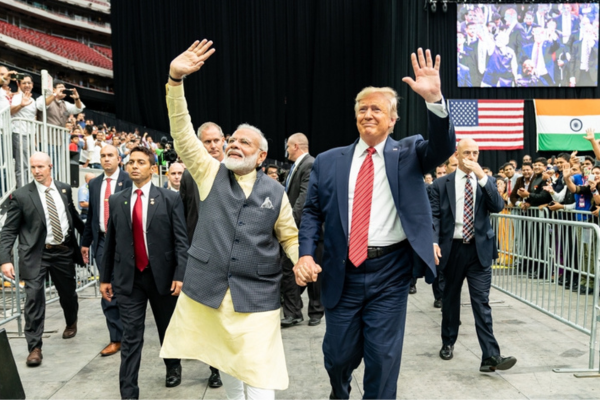 File Photo / Courtesy-Shealah Craighead
File Photo / Courtesy-Shealah Craighead
If pragmatism were to be the essence of relations between two states, both India and the United States have good reason to set rancor aside and resume their engagement.
Signals are positive from both sides after an exchange of messages between President Donald Trump and Prime Minister Narendra Modi on social media. The Senate confirmation hearing for Sergio Gor, the nominee to be ambassador to India, also helped clear the air. Gor downplayed the differences, calling them “hiccups.” He highlighted the positives.
He stressed the importance of India “in the region and beyond” and announced that negotiations for a trade deal have resumed after being paused as relations went south. He was hopeful that a deal would be completed within a few weeks.
Gor also stressed the “deep friendship” between Trump and Modi, pointing out that the U.S. president had refrained from personally criticizing the PM, which he tends to do with other leaders. He called it “a great foundation” on which he hoped to build. But it’s also clear that the personal bond between leaders doesn’t stretch beyond social niceties because Gor made clear Trump wants India “to stop buying Russian oil,” an issue that currently dominates discourse in Washington.
Secretary of State Marco Rubio, who introduced Gor to the Senate committee, also heaped praise on India, calling it “one of the top relationships” for the U.S. India was “at the core” of the Indo-Pacific strategy. For him, the current crisis in bilateral relations is “a period of extraordinary transition.”
Also Read: Indian and U.S. foreign ministers meet in New York
Whether these statements are sufficient to quell the anger in New Delhi remains to be seen. However, Gor’s proximity to Trump and his family should certainly improve the ease of doing business with the U.S., especially in these fraught times. India’s concerns and complaints can be relayed directly to the U.S. president.
A reiteration of what brings the two countries together is definitely an olive branch after Trump and his cabinet took a hammer to the relationship. India faces 50% tariffs – the highest on a friendly country – and is also a victim of some of the most vicious rhetoric from key officials.
It may take time for the peace overture to be truly embraced in Delhi, but pragmatists on both sides recognize that the relationship is too important to be jettisoned in a fit of anger.
To be sure, the past five months have tested the India-US relationship in ways that reminded people of a dark past when suspicion and apathy were dominant sentiments.
Divergences were greater than convergences. However, over the past 25 years, four US presidents and two Indian prime ministers, along with scores of diplomats and stakeholders, have worked diligently to build trust and confidence.
The partnership became one of the most “consequential” with enhanced cooperation in almost all sectors -- defence, space, technology, education, and healthcare, to name a few.
Then came Trump 2.0 with a hard “America First” agenda and a support base that demanded a price for everything. Differences dominated trade despite an early and successful visit by Modi in February.
Three major differences developed: negotiations for a trade deal floundered, India’s refusal to give any credit to a US role in bringing about a ceasefire in the four-day conflict with Pakistan irked Trump, and finally, the purchase of Russian oil became an issue.
India’s foreign policy independence and geopolitical choices – mainly its decision to maintain relations with Russia – became increasingly contentious. The ground beneath seemed to disappear, the ceiling seemed to fall, dashing hope and harmony. Anti-American sentiment in India grew while anti-India feelings burst forth in the US on social media.
It was like going back in time to the 1970s and 1980s, when the establishment in both countries harbored deep-seated resentment against each other.
This is when Trump was seen by India’s ruling party as a “friend” and commanded a huge following among Modi supporters. Many Indians felt deeply angry when he called the Indian economy “dead” and heaped other insults.
In addition, Trump’s new-found warmth for Pakistan and his invitation to Army Chief Asim Munir raised old fears in Delhi that the dreaded “hyphenation” was back. Trump also spared China from extra tariffs despite Beijing being the largest buyer of Russian oil.
India’s world was suddenly topsy-turvy. New Delhi was “perplexed” as External Affairs Minister S. Jaishankar noted, commenting on the inconsistency of U.S. policy. The Indian government, backed into a corner by a “friend,” was forced to send its own signal that America was not the only game in town.
Modi went to China, huddled with Russian President Vladimir Putin and Chinese President Xi Jinping, sending jitters through the Washington establishment. Most U.S. experts blamed Trump for pushing India into the arms of China and Russia.
Trump reversed gear and decided to send feelers of peace. The big question is whether the two leaders and their bureaucracies can successfully steer the relationship out of troubled waters.
The author is a Washington DC-based columnist specializing in foreign policy and author of “Friends With Benefits-The India-US Story.”
(The views and opinions expressed in this article are those of the author and do not necessarily reflect the official policy or position of India Abroad)
ADVERTISEMENT
ADVERTISEMENT
E Paper
Video


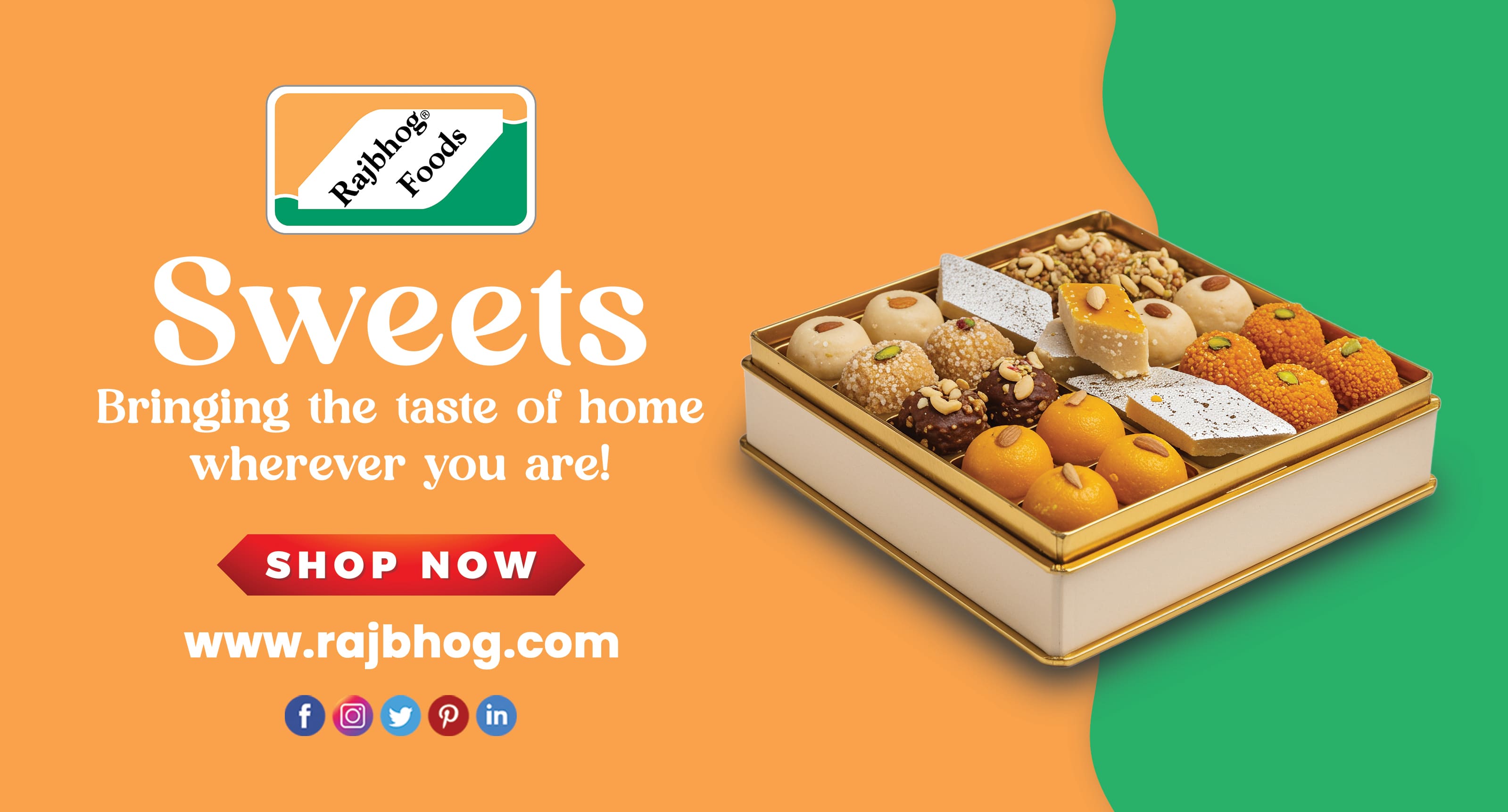
 Seema Sirohi
Seema Sirohi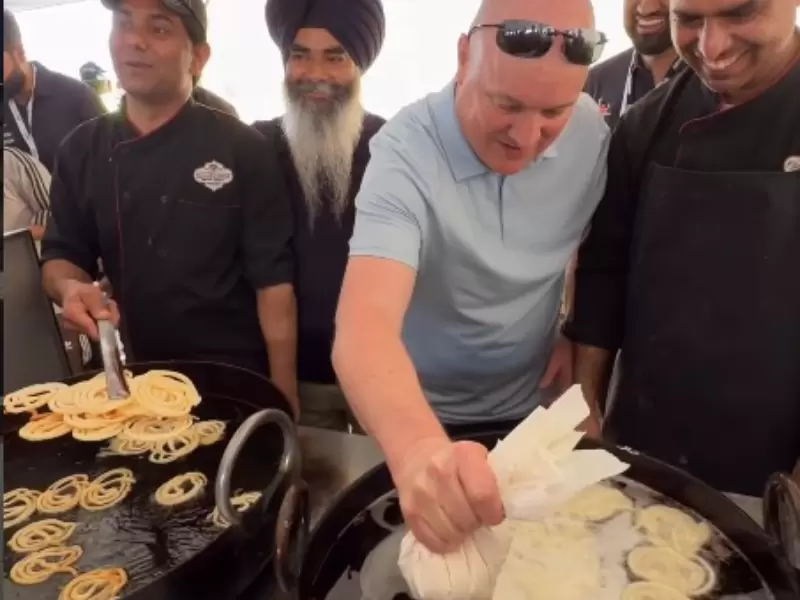

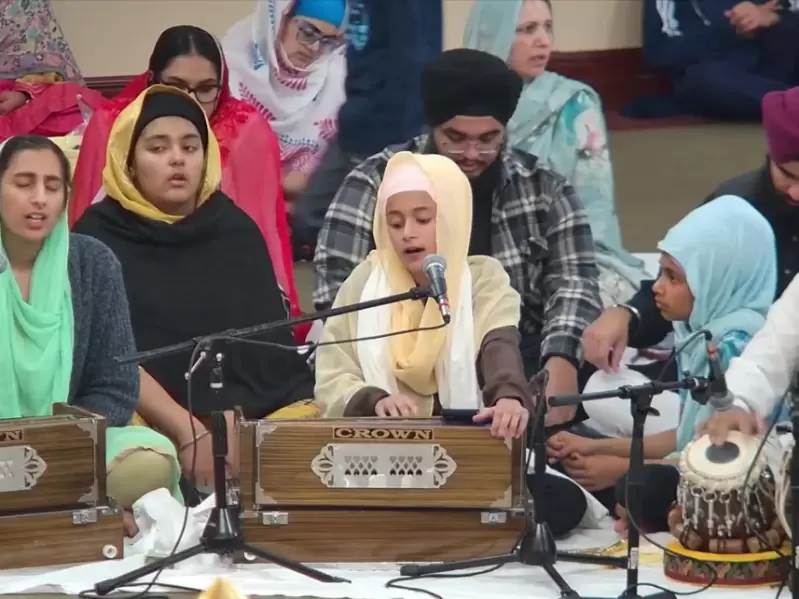
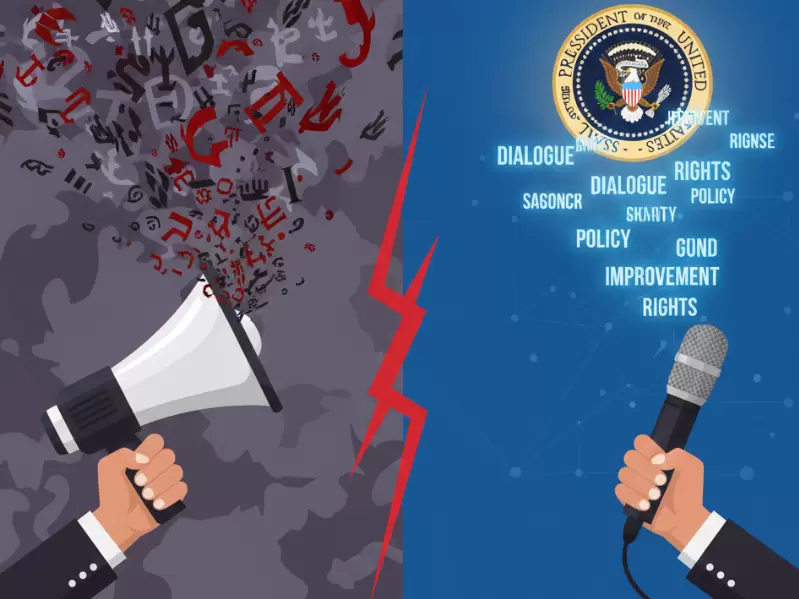
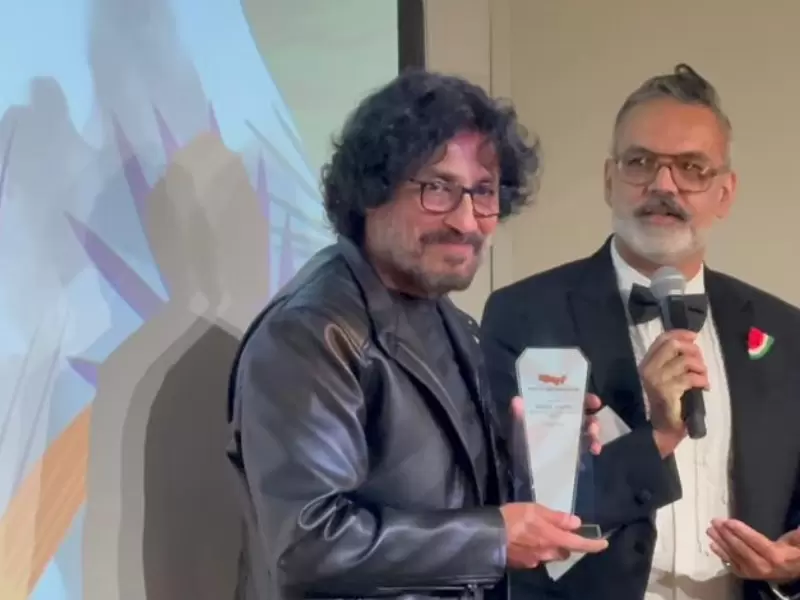
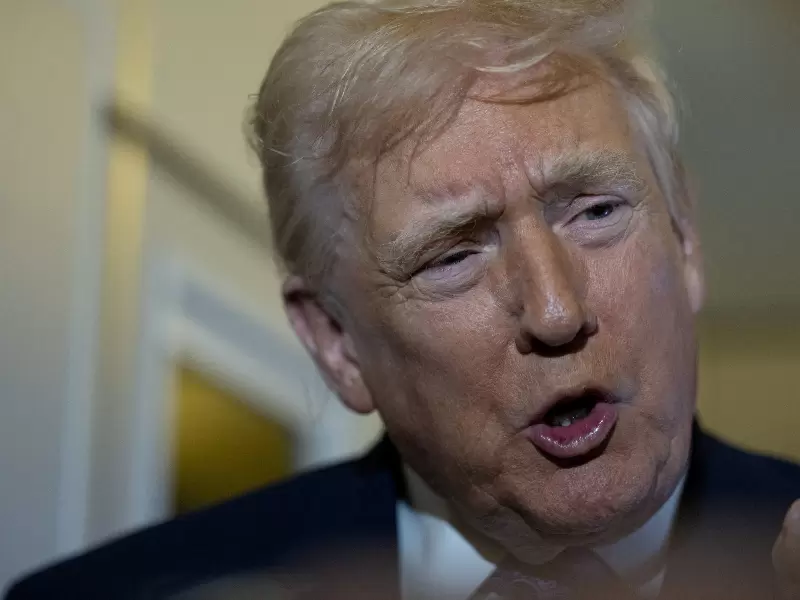
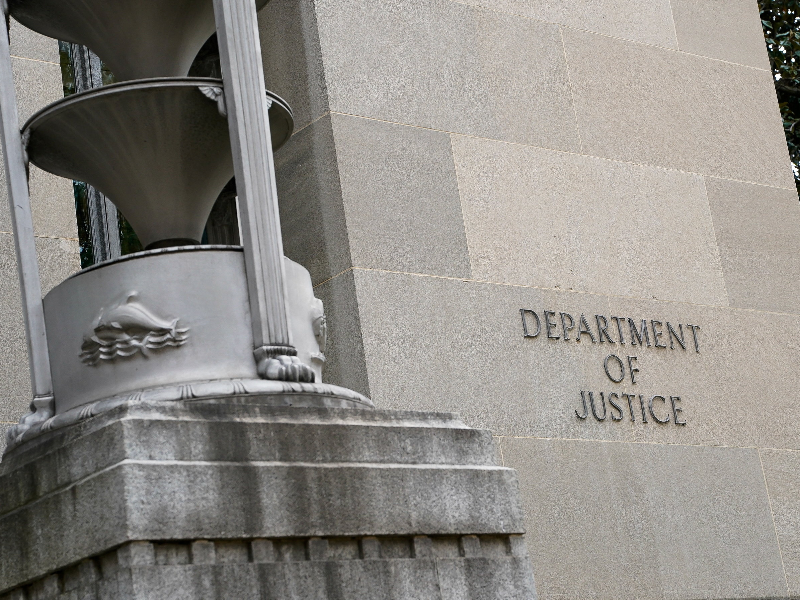
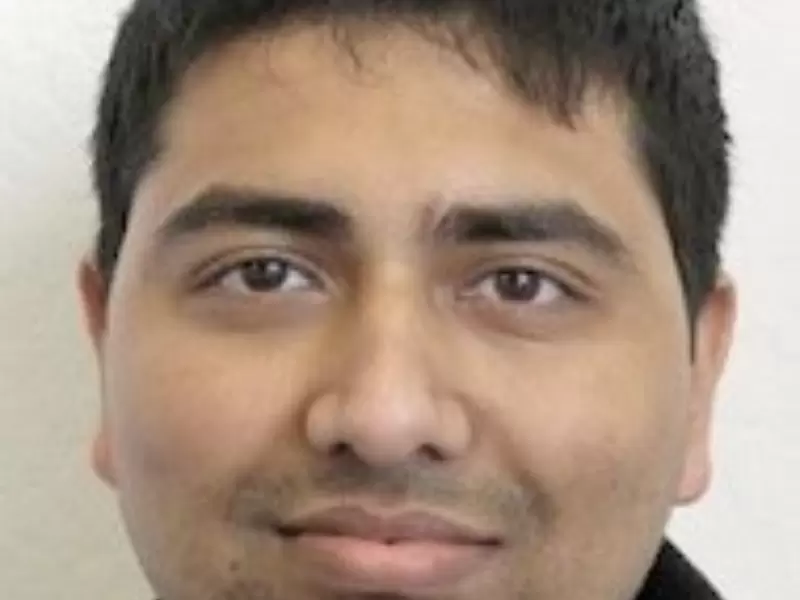
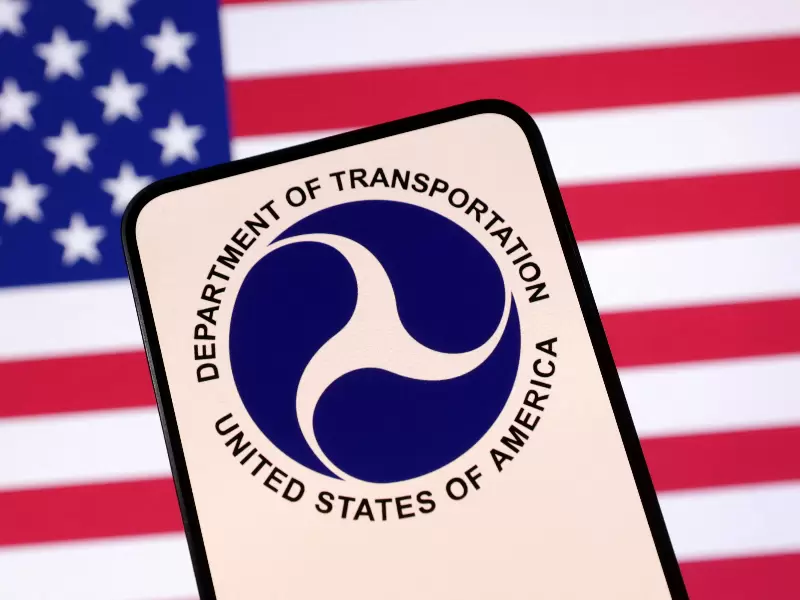
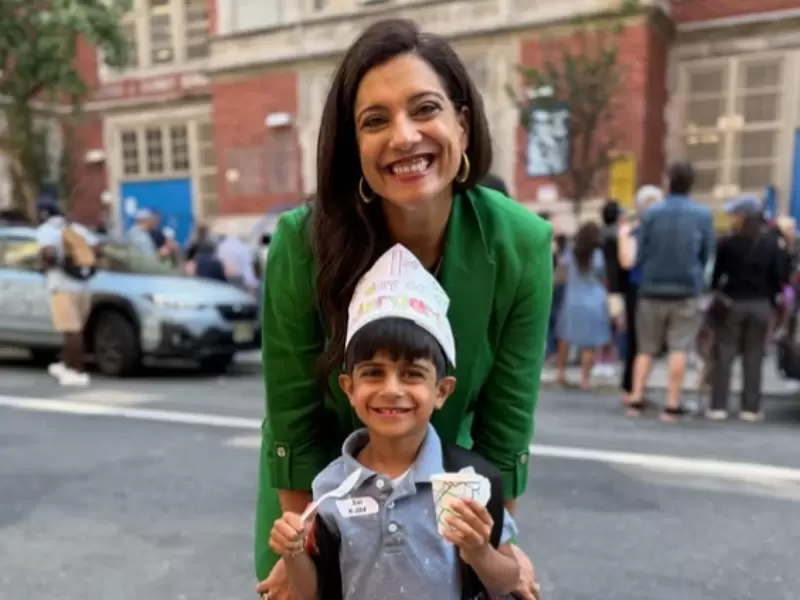

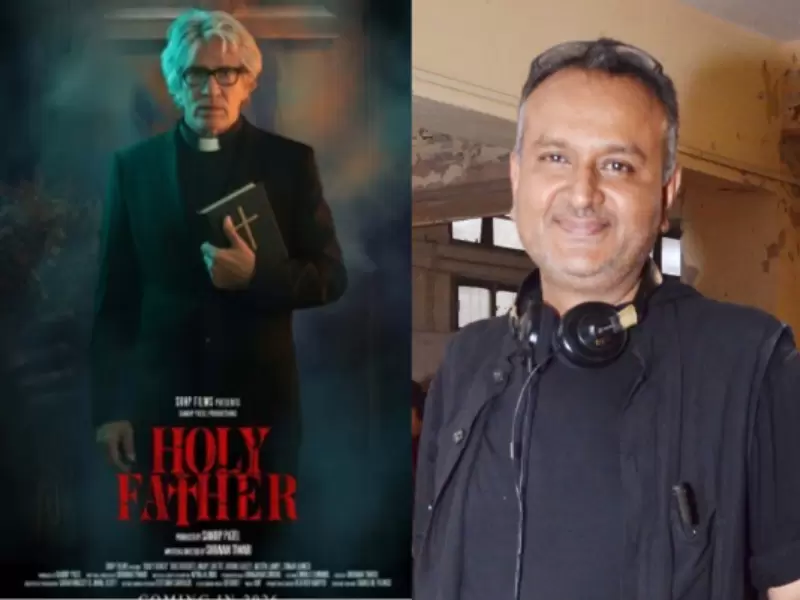

Comments
Start the conversation
Become a member of New India Abroad to start commenting.
Sign Up Now
Already have an account? Login